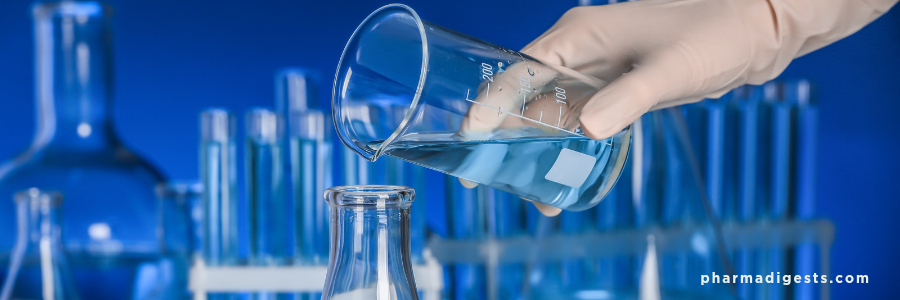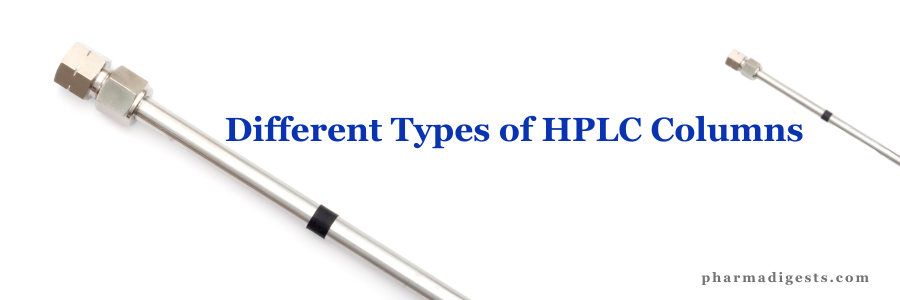Pharma Digest

Methods of Sterilization and Depyrogenation
Methods of Sterilization Heat Sterilization This method involves the use of high temperatures to kill microorganisms. It can be achieved through: Radiation Sterilization This method uses ionizing radiation, such as gamma rays or electron beams, to destroy microorganisms. It is commonly used for sterilizing medical equipment, pharmaceutical products, and certain ... Read More

Guidelines on Good Distribution Practice of Medicinal Products
Quality Management The organisation’s management is responsible for the quality system, which requires their leadership and active participation supported by staff commitment. The Responsible Person is to ensure that a Quality Management System is implemented and maintained. The Management is to ensure that all parts of the quality system are ... Read More

Predictive Maintenance and Machine Learning in GMP Facilities
Predictive maintenance (PdM) is a general method that uses ongoing analysis of operational data to determine when equipment maintenance will be required. When applied appropriately, it can reduce maintenance expenses while improving reliability. Maintenance of GMP facilities is necessary to ensure that they operate in a qualified and validated state ... Read More

Difference Between OOS and Deviation
OOS (Out of Specification) and deviation are terms commonly used in the context of quality management, particularly in pharmaceuticals industries. Here’s a brief overview of each term: Out of Specification (OOS) Definition: An OOS result occurs when the test results of a sample fall outside the established acceptance criteria or ... Read More

Manual Titration to Automated Titration | USP Recommendations
While several titration methods for assays in compendial monographs are being converted to chromatographic methods or other quantitative procedures, titration still plays an important role in pharmaceutical analytical procedures and processes. Several applications, such as distinguishing between carbonate and bicarbonate or monobasic and dibasic phosphate salts, are only feasible by ... Read More

Qualification and Re-Qualification of Personnel Involved in Laboratory Activities
Qualification and re-qualification of all personnel involved in laboratory activities are critical aspects, which contribute to ensuring the validity of results. This article describes how to manage the qualification of new personnel in the different phases as well ensuring maintenance of competences and the steps to be undertaken to re-qualify ... Read More

Major Sources of Contamination in the Sterile Area
Contamination in the sterile area is a critical concern in a variety of industries. Understanding the sources of contamination is crucial in implementing effective measures to prevent and control it. The primary sources include human factors, air pollutants, equipment and materials, water and liquids, and cross-contamination. Human error is a ... Read More

Major Challenges in Pharmaceutical Supply Chain Management
The pharmaceutical supply chain constantly face many challenges that have to reduce for maintaining smooth supply of materials. It has become more complex because it involves the life-saving interest of human being and requires the participation of different stakeholders such as wholesalers, distributors, pharmaceutical manufacturers, customers, information service providers and ... Read More

Forced Degradation Studies During Method Validation
During method validation, the FDA expects forced degradation studies to be conducted to assess the stability-indicating capability of the analytical method. These studies involve subjecting the drug substance or product to various stress conditions (e.g., heat, light (Day and UV light), acid/base hydrolysis, oxidation) to induce degradation. By monitoring changes ... Read More

Different Types of HPLC Columns in Pharmaceutical Analysis
In High-Performance Liquid Chromatography (HPLC), the choice of column is crucial for successful separation and analysis. Let’s explore the different types of HPLC columns: Normal Phase HPLC Columns Stationary Phase: These columns have a more polar stationary phase than the mobile phase. Silica gel, a polar material, is commonly used ... Read More

Drug Excipient Compatibility Study During QbD
To perform Drug-Excipient Compatbility (DEC) study 4 types of samples are required to be preprared: All these samples are packed in flint glass vial or amber color vial (if API is light sensitive) with and without sealing & exposed for a particular time period i.e. 1 Day, 3 Days, 7 ... Read More
